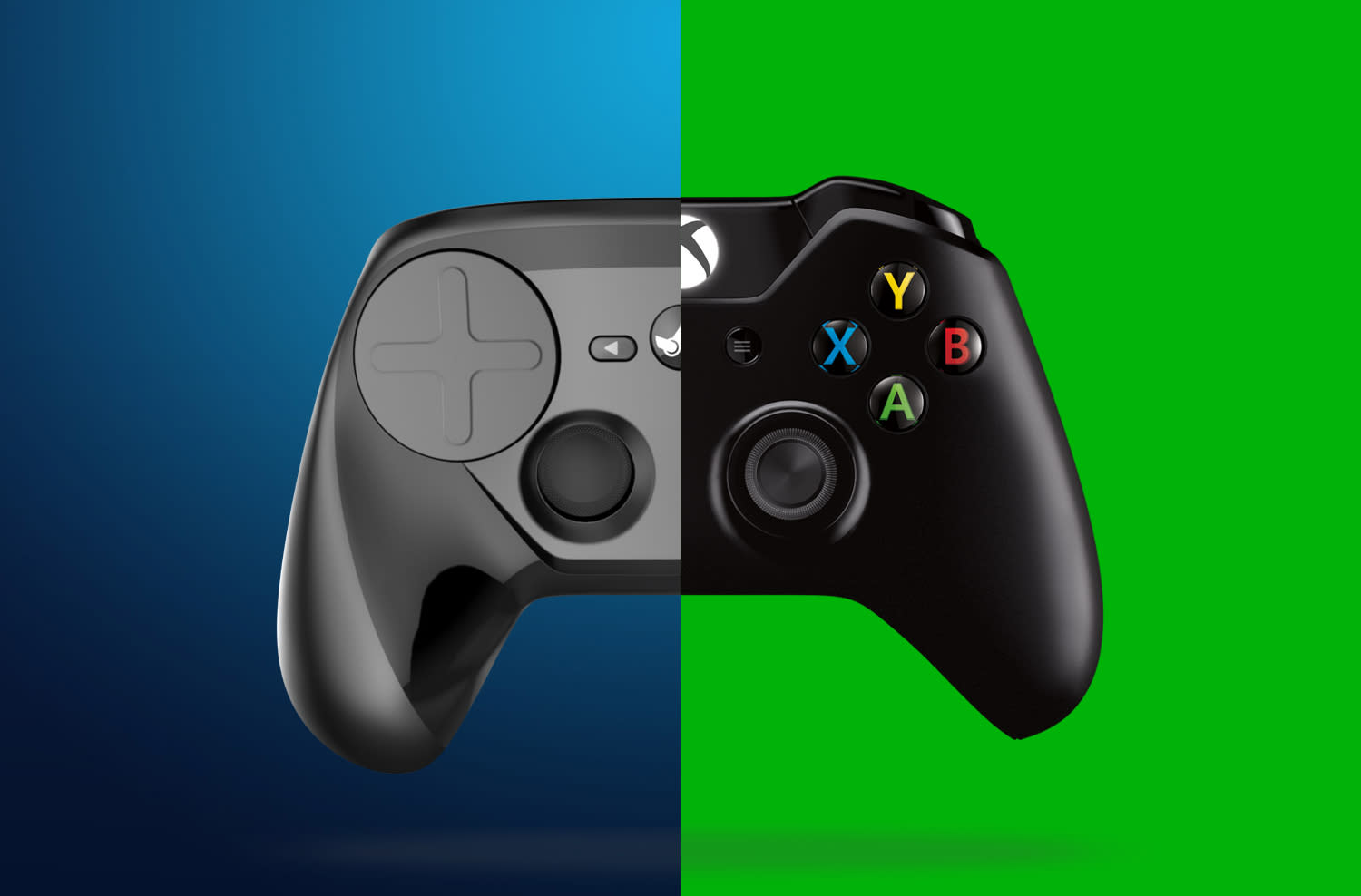
Under the Swipe Direction drop down menu, you can use a vertical or a horizontal swipe for the scroll wheel. The default setup for this mode uses a clockwise and counterclockwise circle you draw with your thumb on the pad to scroll. Scroll wheel has a few modes that can be very useful. Most users prefer at least a small area in the middle of the pad for their thumbs to rest on when not actually moving. The dead zone, on the other hand, is likely something you will have to experiment with. For menu navigation, this is usually set to ‘on,’ but for a WASD setup, most users report preferring this to be off, but it is entirely up to you and mostly a matter of preference. ‘Requires click’ means you must physically click the pad down to have the input take place. The only two other things you will likely need to care about right away are the requires click and dead zone options. Sometimes, when it is set up well, you will not be able to tell the game even lacks joystick support. This allows some games with absolutely no or very limited joystick support to take benefit from the trackpad or the analog stick of the Steam Controller. (Try using this in Skyrim.) But especially in older games, Like Quake III, the animations are not a concern because all there is, really, is a slight bob to your gun. In some games, this has the side effect of causing some jittery animations. You can think of analog emulation as tapping your assigned key, for example W, faster and faster in proportion to how far you are moving your thumb forward. This is for when you are mostly using the main four directions with only occasional diagonal inputs. Cross gate has diagonals but they are substantially smaller than in the radial layout. Imagine it like four equal slices of a pie when looking at the pad. Without overlap removes the zone in between each button. Typically, especially with WASD movement, Radial with overlap is used. Here you can also set a few different layouts of D-pad.

This makes this mode ideal for use as a genuine directional pad as with 2D platformers or with using WASD to create a keyboard and mouse-based configuration. There is an overlap between the 'buttons' themselves so pressing two of these buttons at the same time is both quick and easy to do, as with diagonal inputs. This differs from button pad in a few key ways. In this mode, you set each of the four main cardinal directions to a button. But it means you give up true mouselook on the trackpad. This is the control method to use in games that don't support the Steam Controller if you want to retain analog movement on the left stick. If a game doesn't have stick sensitivity settings, though, there's not much you can do. Adjust the minimum joystick X/Y output value and minimum movement threshold. Proper settings can help reduce this issue. This has the side effect of not allowing some of the fine adjustments to aiming without moving a minimum speed. There are also typically dead zones hard coded into a game assuming the user is using a traditional joystick. In games where this is the case, you can mitigate this by increasing stick sensitivity in the game itself. The limitation to JMouse is that this virtual mouse device cannot output any faster than the maximum speed that a stick would normally be able to. Prime examples of games that do this are Bethesda's Fallout 4 and Skyrim. This means you will lose correct analog character movement and have to set the Steam Controller to be used as a keyboard and mouse instead. The big benefit here is in many games, you can’t actually use the right pad as a genuine mouse and still have gamepad settings for the rest of the controller. The idea here is to allow the trackpad to act like a mouse in its basic functionality while still outputting to a 'right stick' as seen by the game itself. These games are perfect choices for this mode since the right stick is just used for turning the camera and precise accuracy and speed are not priorities. An example of this mode would be in a third person action game like Remember Me. JCamera also differs from JMove in the sub-options that are available to you. Erroneous touches to the pad not starting from the center will be ignored. The big difference with this mode is you should be resting your thumb in the middle of the pad, because with JCamera you have to drag from the center of the pad to ‘pull the stick’ from its resting position. This mode will likely be the closest approximation of an analog stick in both its functionality and its usage. Setting both pads to JMove when playing a twin-stick shooter, for example, is a great way to use it.


You can use it for either the left or right ‘stick’ outputs as you desire. As the name implies, this mode is both intended for and is best suited for character movement.


 0 kommentar(er)
0 kommentar(er)
